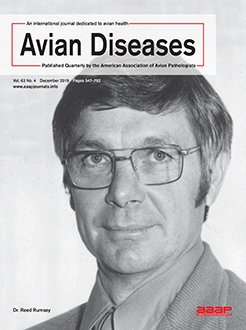Avian influenza (AI) virus (AIV) subtype H9N2 continues to cause significant outbreaks among commercial and backyard poultry in Pakistan. Despite this, the characterization of H9N2 viruses in avian hosts other than chickens in Pakistan has not been thoroughly investigated. In this study, 12 low pathogenicity avian influenza viruses subtype H9N2 were isolated from peacocks (n = 4), ducks (n = 4), pheasants (n = 2), geese (n = 1), and black swans (n = 1) in Pakistan during 2016 and were characterized on the basis of the hemagglutinin (HA) and neuraminidase genes. All of the viruses possessed an amino acid substitution Q226L in the receptor-binding site of the HA protein, which is known to contribute to increased viral replication and virulence in mammals. In addition, phylogenetic studies showed that these H9N2 AIVs belonged to the Middle East B genetic group of sublineage G1 and were very similar to viruses isolated from an outbreak in chickens in Pakistan in 2017. This demonstrates an epidemiologic link between poultry and other avian species, which is a fact to consider in future H9N2 disease management programs.
How to translate text using browser tools
27 June 2019
Isolation and Characterization of Avian Influenza H9N2 Viruses from Different Avian Species in Pakistan 2016–17
Kashaf Alyas,
Abdul Wajid,
William G. Dundon,
Safa Ather,
Tayyeba Batool,
Masroor Ellahi Babar
ACCESS THE FULL ARTICLE

Avian Diseases
Vol. 63 • No. 4
December 2019
Vol. 63 • No. 4
December 2019
avian influenza
avian species
H9N2
Pakistan
phylogenetic analysis




